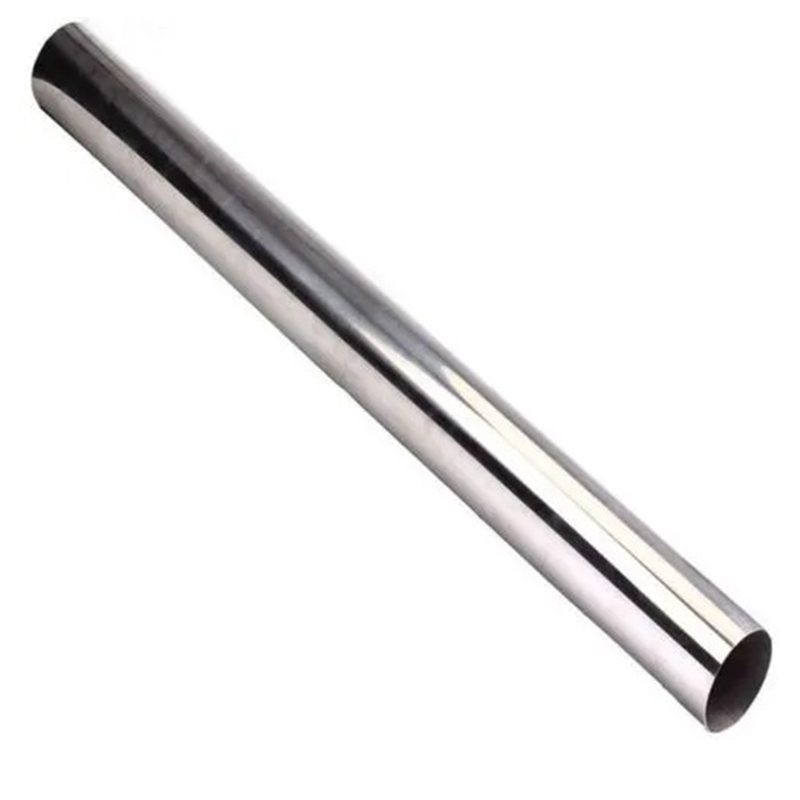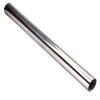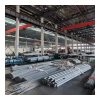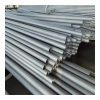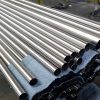416 Stainless Steel Pipe Description
416 stainless steel has good mechanical properties, and its tensile strength, yield strength and elongation are higher than ordinary stainless steel. In addition, its excellent low-temperature toughness can maintain good mechanical properties at lower temperatures. 416 stainless steel has excellent corrosion resistance and can maintain good stability in a variety of corrosive environments. Its corrosion resistance is mainly attributed to the high content of chromium, which can react with oxygen to form a dense oxide film on the surface to prevent the metal inside from continuing to corrode. Because of its excellent corrosion resistance and mechanical properties, 416 stainless steel is widely used in fields including petroleum, chemical industry, pharmaceutical, food, environmental protection.
Product Parameters
| Product Name | 416 Stainless Steel Pipe | |
| Type | Steel Pipe | |
| Outer diameter | Round Tube | 4mm-200mm |
| Square Tube | 10*10mm-100*100mm | |
| Rectangular Tube | 10*20mm-50*100mm | |
| Wall Thickness | 0.6mm-6.0mm | |
| Length | 1-6 meters, Length can be customized | |
| Standard | ASTM, AISI, JIS, GB, DIN, EN, etc. | |
| Surface | Black, Bright Polished, Rough Turning, Matt Surface Treatment, No. 4. BA, etc. | |
| Scope of Application | Common applications for stainless steel pipes include food processing, Textile operations, Breweries, Water treatment plants, Oil and gas processing, Fertilizers and pesticides, Chemical applications, Construction, Pharmaceuticals, Auto parts, etc. | |
| Certificate | ISO, SGS, BV, etc. | |
| Production Technology | Hot Rolling, Cold Rolling | |
| Edge Processing | Edging, Trimming | |
Chemical Composition
| C | Si | Mn | Cr | S | P | |
| ≤ 0.15 | ≤1.0 | ≤ 1.25 | 12.0~14.0 | ≤ 0.15 | ≤ 0.06 | |
Mechanical Properties
| Tensile Strength Kb (MPa) | Yield Strength σ0.2 (MPa) | Elongation D5 (%) | Hardness |
| ≥540 | ≥275 | ≥20 | ≤ 201HB |
Physical Performance
| Density(g/cm³) | Modulus of Elasticity(Gpa) | Coefficient of Thermal Expansion(10-6/°C) | Coefficient of Thermal Conductivity(W/m*K) | Resistivity(NΩ.m) |
| 7.80 | 200 | 9.9 | 24.9 | 570 |


